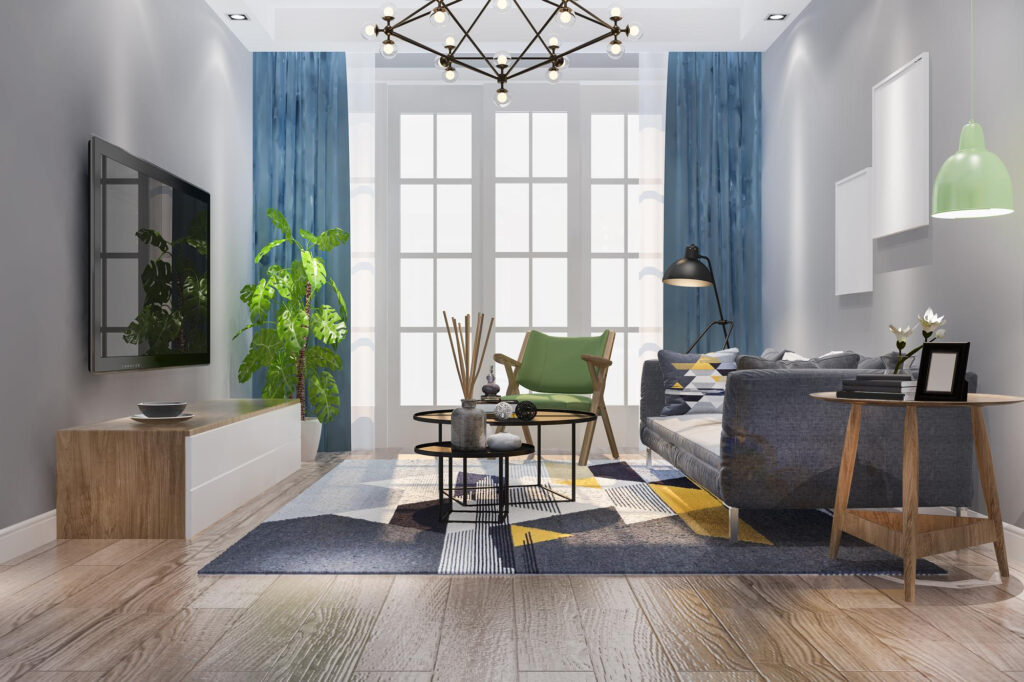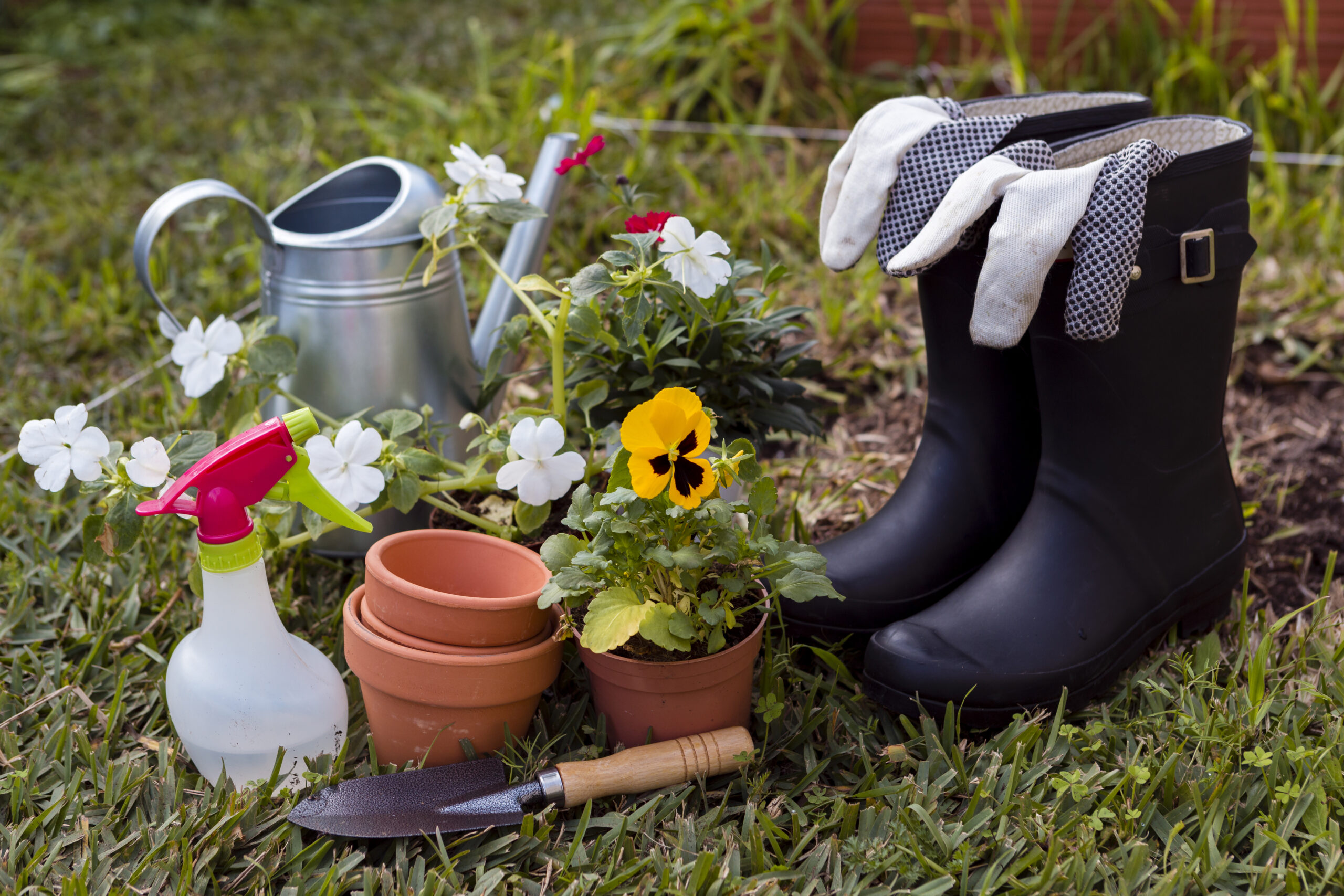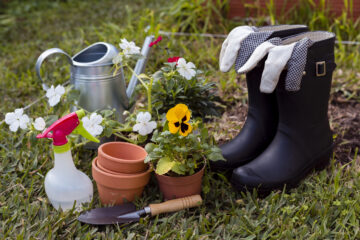Living in a small space presents a unique challenge when it comes to home design and gardening. Whether you’re in an urban apartment or a compact home with a small backyard, making the most of your available space requires creativity and smart planning. With a few innovative ideas, you can create a functional, stylish, and comfortable living environment that doesn’t feel cramped. This blog will guide you through maximizing small spaces in both your home and garden, ensuring that every square inch is used effectively.
1. Make Use of Vertical Space
One of the most effective ways to maximize small spaces is by utilizing vertical space. This concept applies both indoors and outdoors and can greatly expand your usable area without taking up more floor space.
- Indoor Vertical Storage: Wall-mounted shelves, hooks, and pegboards can be used to store and display items, keeping your floors clutter-free. For instance, in the kitchen, hanging pots, pans, and utensils from a rack frees up valuable cabinet space. In the living room, floating shelves can hold books, plants, and decorative items without crowding the area.
- Outdoor Vertical Gardens: For those with limited garden space, vertical gardening is a game-changer. Install a trellis, vertical planters, or even a green wall to grow herbs, flowers, or vegetables upward rather than outward. This technique can turn a small patio, balcony, or even a blank wall into a flourishing garden. Plants like tomatoes, cucumbers, and beans thrive when grown vertically, allowing you to enjoy fresh produce even in the smallest of spaces.
2. Multi-Functional Furniture
When space is at a premium, every piece of furniture should serve multiple purposes. Choosing multifunctional furniture is key to maximizing your home’s functionality without overcrowding the space.
- Storage Furniture: Look for pieces that offer built-in storage. Beds with drawers underneath, coffee tables with hidden compartments, and ottomans that double as storage chests are great examples. These pieces not only serve their primary function but also help keep clutter at bay by providing extra storage for items like linens, books, and accessories.
- Foldable and Convertible Furniture: Furniture that folds or converts can save a tremendous amount of space in a small home. For instance, consider a fold-down dining table that can be stored against the wall when not in use or a sofa bed that transforms a living room into a guest room. Murphy beds, which fold up into the wall, are another smart solution for small bedrooms or studio apartments.
3. Maximize Natural Light and Mirrors

Natural light plays a significant role in making small spaces feel larger and more open. Dark, enclosed rooms can feel even more cramped, while bright spaces create a sense of airiness and expansion.
- Maximize Windows: If possible, avoid heavy curtains or drapes that block natural light from entering the room. Instead, opt for light, sheer curtains or blinds that allow sunlight to filter through. Position furniture to take advantage of natural light, and place mirrors strategically to reflect that light throughout the room.
- Mirrors to Expand Space: Mirrors create the illusion of a larger room by reflecting light and extending the visible space. In a small home, large mirrors or mirrored furniture can open up a room significantly. Consider placing a large mirror opposite a window to maximize the effect.
4. Smart Storage Solutions
In small spaces, storage is often the biggest challenge. To keep your home organized and clutter-free, consider these smart storage ideas:
- Underutilized Areas: Take advantage of underutilized spaces such as the area under your bed, stairs, or couch. Invest in storage bins that fit these spaces or, if possible, add custom-built drawers and shelves. In the kitchen, maximize cabinet space by using stackable organizers and pull-out drawers that make it easy to access items stored in the back.
- Closet Organization: A well-organized closet can free up space in the rest of your home. Consider using adjustable shelving, hanging racks, and closet organizers to make the most of your wardrobe space. Utilize over-the-door organizers for shoes, accessories, and cleaning supplies.
5. Create Outdoor Living Spaces
Even a small outdoor area can be transformed into a comfortable living space that extends your home’s footprint. Whether you have a balcony, patio, or small yard, it’s possible to create an inviting outdoor retreat with a few key design strategies.
- Compact Furniture: Choose furniture that fits the scale of your outdoor space. For a balcony or small patio, consider bistro tables, foldable chairs, or benches with built-in storage. These pieces take up minimal space while still providing a comfortable seating area.
- Layering with Rugs and Plants: To create a cozy atmosphere, layer outdoor rugs and cushions that can withstand the elements. Incorporate potted plants of varying heights to add greenery and soften the edges of your space. Use hanging plants or small planters to add depth without cluttering the floor.
- Outdoor Lighting: Lighting is essential for creating an inviting atmosphere in any outdoor space. String lights, lanterns, or solar-powered path lights can add warmth and ambiance to your patio or balcony, making it usable even in the evening.
6. Color and Design Choices
Color and design can have a big impact on how spacious or cramped a small room feels. Thoughtful use of color can help to open up space and create a harmonious flow between rooms.
- Light Colors: Light, neutral colors such as white, beige, or soft gray can make a room feel larger and more open. These shades reflect light, giving the illusion of more space. Consider using a consistent color palette throughout your home to create a sense of continuity and flow.
- Accents and Textures: While light colors are ideal for creating an airy feel, don’t be afraid to incorporate accent walls or bold pops of color through décor and accessories. Textures like woven baskets, soft blankets, and patterned throw pillows can add depth and interest to your small space without overwhelming it.
Final Thoughts
Maximizing small spaces in your home and garden requires creativity, smart planning, and thoughtful design choices. By making use of vertical space, choosing multi-functional furniture, and incorporating light and mirrors, you can create a living environment that feels spacious, functional, and stylish. Don’t let a lack of space limit your creativity – with the right approach, even the smallest spaces can become comfortable, inviting, and uniquely yours.




